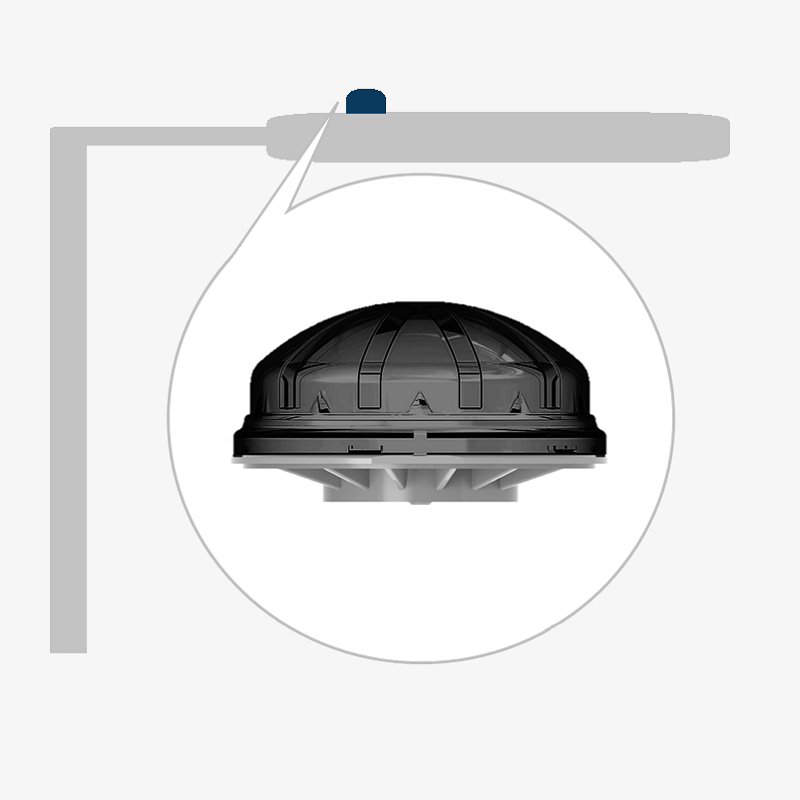The light regulation (dimming) orders to the luminaire ballasts had been carried out using proprietary analog methods, some of which ended up becoming de facto standards, such as signals between 0-10V, or between 1-10V, or PLM (modulation by pulse width). Later, in the 90s of the 20th century, the DALI protocol appeared (Digital Addressable Lighting Interface) sponsored by the DiiA Alliance (Digital Illumination Interface), which for the first time defined a digital protocol for sending regulation orders to the ballasts or Drivers of the Luminaires. The IEC 62386 standard collected the DALI protocol and made it an international standard. DALI then became the most widely used standard for this function.
With the emergence of the IoT (Internet of Things), the DiiA Alliance in 2019 launches its new standard, called DALI2-D4i, for the DALI Intra-luminaire bus, in which the standard was expanded with additional features and functions for the world of IoT. Controllers that conform to this new standard, in addition to sending on/off and dimming commands to the compatible LED Drivers, they will also be able to access standardized information on luminaire Identification, energy consumption, and fault registers, among others. The new standard also defines the way to include sensors on the luminaire communication bus. In this way, a new world of possibilities opens up in the field of predictive maintenance and data mining with countless applications. At the same time, the DiiA Alliance partners with the ZHAGA Consortium, and they promote the joint ZD4i standard (ZHAGA Physical socket and DALI2-D4i protocol). Currently, practically all LED luminaire and Driver manufacturers have adopted the ZD4i standard, and only manufacture luminaires and drivers that conform to this new standard.
Es importante que los gestores de Alumbrado tengan muy presente el estándar ZD4i a la hora de elegir las Luminarias y los Nodos de control a incluir en sus proyectos, y evitar la instalación de soluciones que puedan quedar obsoletas durante el tiempo de vida útil de las mismas. Los Nodos TSmarT de Tellink, soportan el protocolo DALI2-D4i y ZD4i y están funcionando en despliegues masivos con miles de Luminarias conectadas desde el año 2019.
